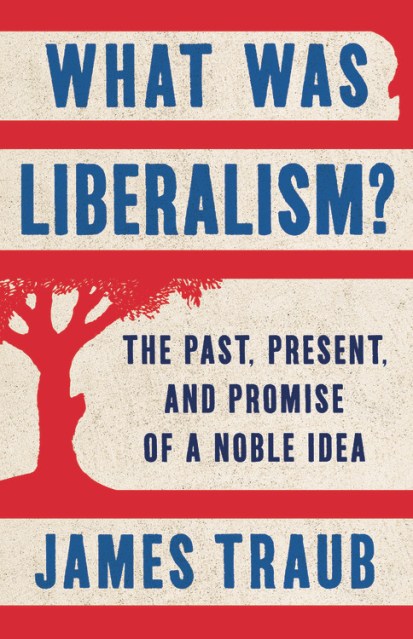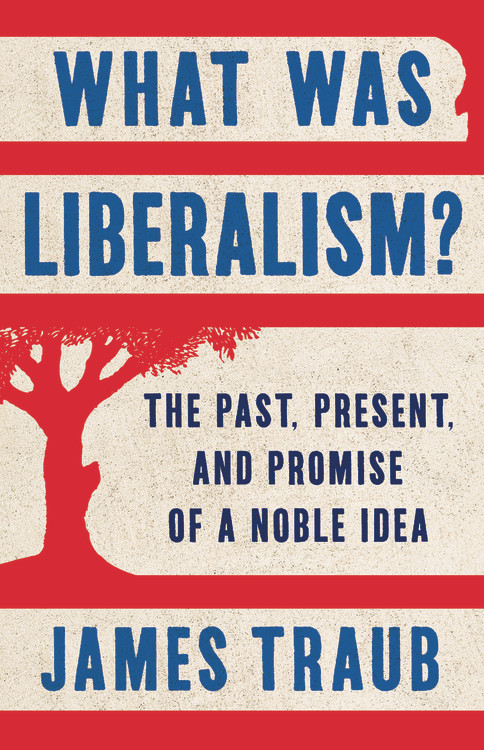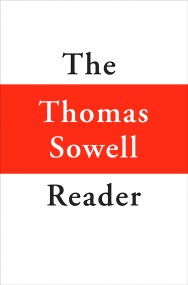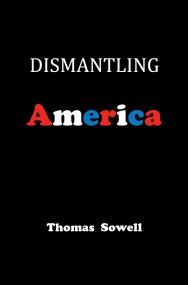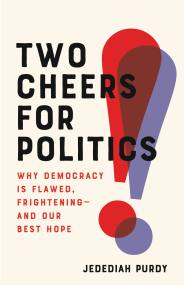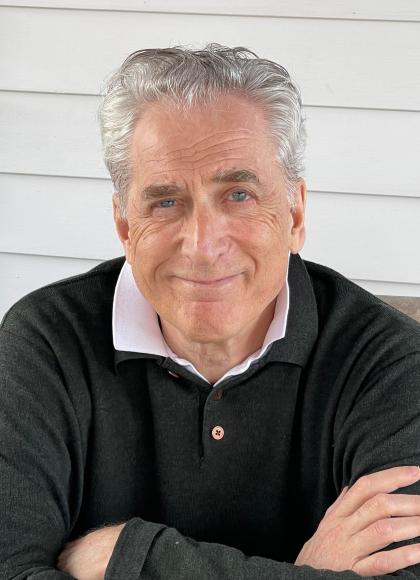Promotion
Use code BEST25 for 25% off storewide. Make sure to order by 11:59am, 12/12 for holiday delivery!
By clicking “Accept,” you agree to the use of cookies and similar technologies on your device as set forth in our Cookie Policy and our Privacy Policy. Please note that certain cookies are essential for this website to function properly and do not require user consent to be deployed.
What Was Liberalism?
The Past, Present, and Promise of a Noble Idea
Contributors
By James Traub
Formats and Prices
- On Sale
- Sep 24, 2019
- Page Count
- 320 pages
- Publisher
- Basic Books
- ISBN-13
- 9781541616851
Price
$35.00Price
$46.00 CADFormat
Format:
- Hardcover $35.00 $46.00 CAD
- ebook $17.99 $22.99 CAD
- Audiobook Download (Unabridged)
This item is a preorder. Your payment method will be charged immediately, and the product is expected to ship on or around September 24, 2019. This date is subject to change due to shipping delays beyond our control.
Buy from Other Retailers:
-
"Traub's is the most muscular of these [liberalism-is-dying] books in tracing liberalism's evolution."New York Times Book Review
-
"Writing in elegant, aphoristic prose, Traub's trenchant analysis takes populist discontents seriously.... The result is a clear-eyed, timely discussion that illuminates both liberalism's humanity and its hubris."Publishers Weekly
-
"No post-mortem, James Traub's urgent book accounts for what liberalism has been, why it stumbled, and why it must revive. Much as in the 1930s, assaults on liberal politics from the right and the left practically define our low, dishonest time. Traub joins a rising tide of writers, citizens, and political leaders who are reclaiming the rich, soulful, and indispensable liberal tradition."Sean Wilentz
-
"What Was Liberalism? provides a concise guide to both the origins and current travails of the most important idea of our time, one that is being threatened by populists and authoritarians today around the world. It is both sympathetic about liberalism's virtues and clear-eyed as to its limitations, showing us a way forward out of the present crisis."Francis Fukuyama
-
"In this remarkable tour de force, James Traub traces the roots of the idea of liberalism with such nuance and depth that even those steeped in political philosophy will gain insight--still more those of us who simply care about basic concepts of governance. This is an invaluable guide to the crisis that now afflicts the West."John Sexton, President Emeritus of New York University
Newsletter Signup
By clicking ‘Sign Up,’ I acknowledge that I have read and agree to Hachette Book Group’s Privacy Policy and Terms of Use
